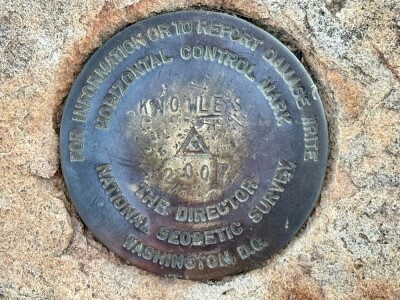Hackaday.io user caver.adam is a member of a community that would get a great deal of use from 3D scanners–but can’t really afford them.
“Cavers are one of the few under-funded groups of people who still do mapping and surveying using old civil engineering tools,” he writes. The tools most commonly used by cave mappers include notebooks, tape measures, and PDAs (“yes…they still sell these on eBay”), which are used for sketching maps.
Though there have been a few high-profile stories of institutions using LiDAR to map caves, the tool remains out of the reach of the average citizen scientist like Adam. For these hobbyists, a thousand dollars per rental or 40 grand for a purchase is no small expenditure.
In response, Adam set out to make a cheaper LiDAR for personal use.
He realized that the system he needed to build required two primary parts. First, a laser device that measures distances. For this he used an SF30-B High Speed Rangefinder—a 2D LiDAR that measures at up to 50 meters and takes 36,000 readings per second.
Next, he needed a way to move the rangefinder at regular intervals to acquire an array of 2D distance readings and compile these into a 3D scan.
His solution was to build a gimbal equipped with stepper motors. The motors are controlled by an Arduino, the small computer costing as little as $25.
If you’re a maker, you’ll want to check out his project page on Hackaday.io, where he lays out in detail the steps he took to build his device. He’s still working on it, too: In the future, he plans to fine tune the motors to increase the scanner’s resolution.
Adam is getting close to finishing, and if he succeeds he will have turned less than $1000 worth of parts into a working LiDAR for cave scanning. He might soon own a home-made device that allows him to perform volumetric calculations, detect changes over time, see how the cave formed, detect water patterns, identify rocks/mud/debris, and overlay the cave on a surface map.
Is there any reason that enterprising hackers can’t do the same? It might not ever be so easy that it can be built with a kit (my guess is that the calibration would be a nightmare) but it’s nice to see that enterprising hobbyists are finding their own ways into the 3D-technology space.






